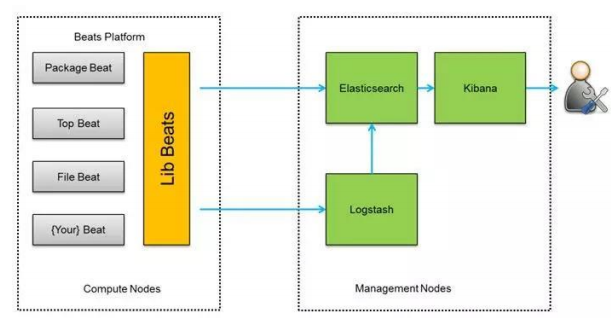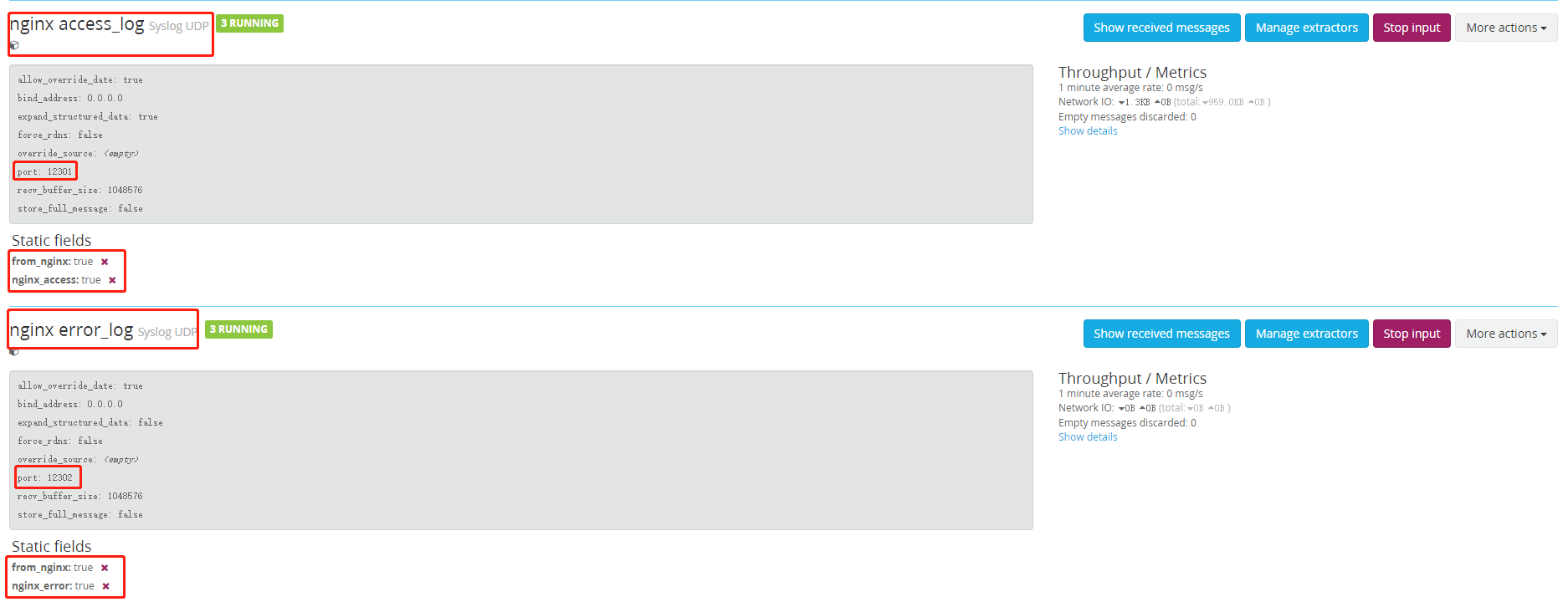
- #Filebeats nginx access log how to
- #Filebeats nginx access log install
- #Filebeats nginx access log password
- #Filebeats nginx access log license
- #Filebeats nginx access log series
In this example, elasitcsearch is a cluster composed of three nodes. Access Log and error Log access log and error log. Generally speaking, after nginx is installed by default, the log file is in / usr / local / nginx / logs directory. The log output storage mode can be easily configured through logstash. Of course, as for the log collection, save it to see your needs.
#Filebeats nginx access log how to
Therefore, this article introduces how to collect logs from nginx to es. This paper introduces how to collect nginx access logs and error logs through filebeat, logstash and rsyslog through several examples.Īs we all know, elk technology stack is a sharp tool for collecting and analyzing logs. How to effectively and conveniently collect nginx logs for effective analysis has become a concern. The access log of nginx is one of the very im portant data sources for user behavior analysis and security analysis.
#Filebeats nginx access log install
Now that I have filebeat configured it is time to install it and set it up for boot time startup.Because of the powerful function and outstanding performance of nginx, more and more web applications use nginx as the web server of HTTP and reverse proxy. If you want to monitor only one site then you should change the path to match the access.log for your website. Registry_file: /var/lib/filebeat/registryĪs you see I am using as a path /var/log/nginx/*/access.log since I am creating separate logs for each website I am hosting. Now the last part of this post is to configure the filebeat on the webserver where you have the nginx runningĪs before I will assume that filebeat it is installed on the system so we can move to configure the filebeat.yml located at /etc/filebeat. We got the confirmation of a correct configuration file so we can start the logstash without any issues and configure it so that it would start at boot time. Now that we have the logstash configured let's test the configuration file before we start the service. Next we need to download the geoIP database to /etc/logstash: #cd /etc/logstash
#Filebeats nginx access log password
Note: if you add other options to the elasticsearch output make sure that the user and password options are always the last ones otherwise the logstash will not be able to authenticate into the elasticsearch. The logstash config file is located at /etc/logstash/conf.d/nf. The configuration is comparable with the one from this post with few changes. Now let's configure logstash for accepting logs from filebeats. Now that is done we will need to restart the elasticsearch: #systemctl restart elasticsearch Now that's configured we are ready to create a beats user for the shield: /usr/share/elasticsearch:bin/shield/esusers useradd beats -r logstash -p beatspassword Privileges: indices:data/write/bulk, indices:data/write/delete, indices:data/write/update, indices:data/read/search, indices:data/read/scroll, create_index In order to make different beats packages to connect on elasticsearch I have added all the basic indexes for packetbeats, topbeats and filebeats into the roles.yml under the logstash role which looks like this: logstash:Ĭluster: indices:admin/template/get, indices:admin/template/put The roles for shield are defined at /etc/elasticsearch/shield/roles.yml

The -p will set the password for the user you add.

The -r option will define the role you add the users to In this scenario we will create an admin user called admin, an user named beat which would be used on logstash to connect to the elasticsearch /usr/share/elasticsearch:bin/shield/esusers useradd admin -r admin -p shieldadmin
#Filebeats nginx access log series
Once that is done you need to create a series of users with the required roles to it.

usr/share/elasticsearch#bin/plugin install shield
#Filebeats nginx access log license
To do so you will need to navigate to /usr/share/elasticsearch and then run the following commands: /usr/share/elasticsearch#bin/plugin install license To install shield you first need to install license plugin. I will assume that you have elasticsearch 2.x, logstash 2.x and filebeat installed and configured on your system ready to take traffic. The short answer it is that packetbeat does not support https traffic therefore if your site it is under https the packetbeat will not show you exactly the traffic which your website will get. Why we do need filebeat when we have packetbeat? It is a good question. In this post I will show how to install and configure elasticsearch for authentication with shield and configure logstash to get the nginx logs via filebeat and send it to elasticsearch.


 0 kommentar(er)
0 kommentar(er)
